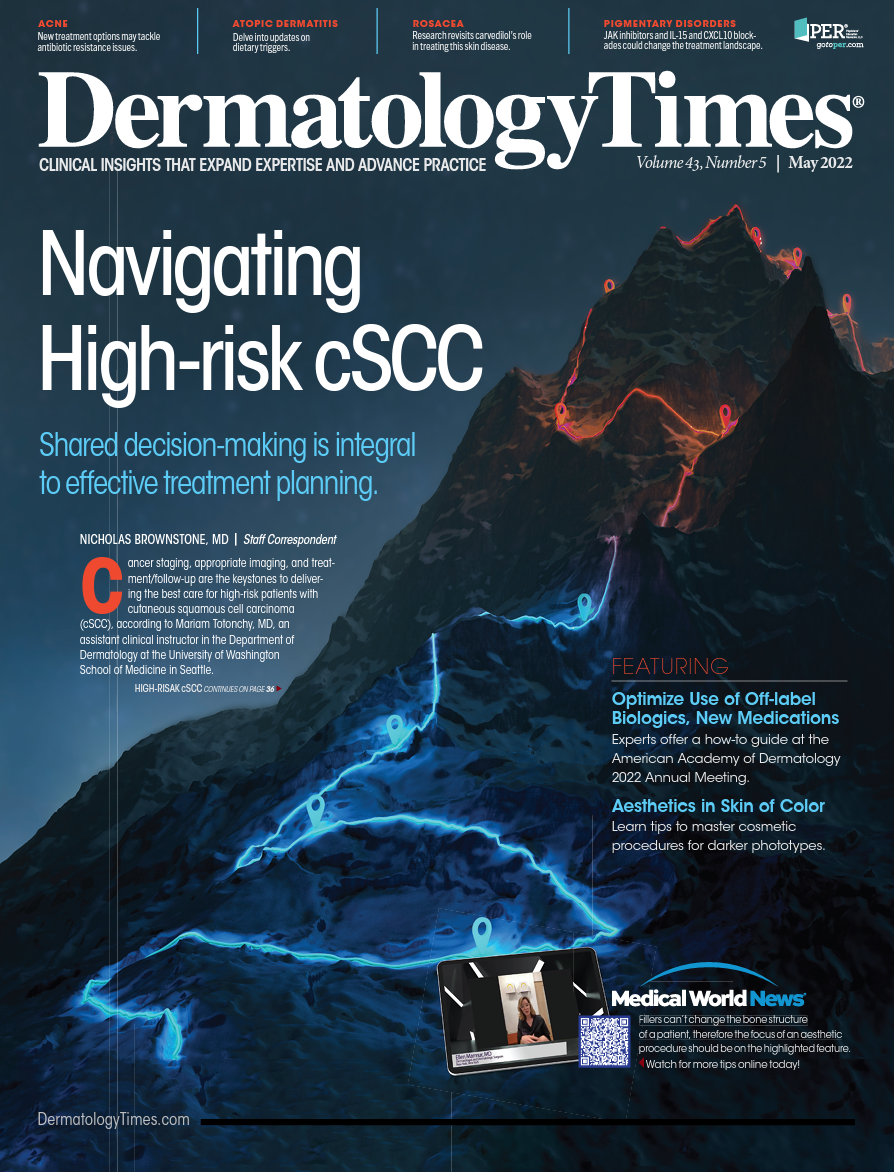- Case-Based Roundtable
- General Dermatology
- Eczema
- Chronic Hand Eczema
- Alopecia
- Aesthetics
- Vitiligo
- COVID-19
- Actinic Keratosis
- Precision Medicine and Biologics
- Rare Disease
- Wound Care
- Rosacea
- Psoriasis
- Psoriatic Arthritis
- Atopic Dermatitis
- Melasma
- NP and PA
- Skin Cancer
- Hidradenitis Suppurativa
- Drug Watch
- Pigmentary Disorders
- Acne
- Pediatric Dermatology
- Practice Management
- Prurigo Nodularis
- Buy-and-Bill
Publication
Article
Dermatology Times
Study: How Can Digital Therapeutic Interventions Improve Symptoms of Atopic Dermatitis?
Author(s):
What role will digital therapeutic agents have in the coming years of atopic dermatitis treatment? It’s still being studied, but Jonathan Silverberg, MD, reviewed an interventional study that may provide key insights into what’s to come.
Jonathan Silverberg, MD, associate professor of dermatology at The George Washington University School of Medicine and Health Sciences in Washington, DC, highlighted a 6-week study on a multi-disciplinary, digital therapeutic approach to help with education, treatment adherence, lifestyle changes, and overall self-efficacy for patients with atopic dermatitis (AD). This was presented at the 4th annual Revolutionizing Atopic Dermatitis (RAD) conference held from April 9 to 11 in Baltimore, Maryland.
The goal of this study was to investigate the feasibility of the digital program to help patients. There were 21 patients enrolled in this study, all of which had baseline clinical assessments, and then participated in the 6-week clinical intervention. After the 6 weeks, their follow up visit was held.
“With any kind of digital intervention, whatever it might be, we always think about ‘how do people engage with that intervention?’ ‘how often can they stick with it?’” Silverberg said. “This is a very important part, and we have good numbers here.”
Of the 21 patients examined for the intervention, 20 completed the study intervention. The platform saw that the average weekly active days on the app was 6.5 days, the median active days were 39.0 days, the average daily mission interactions were 8.9, and 95% of participants used the medication reminders and the disease education opportunities.
All of the patients reported that they used topical mediations, with the most common being corticosteroids (19 users), and 4 of the participants used the topical treatments in addition to oral therapies. There were patients who also reported using moisturizers and more, which Silverberg stated, is something to expect with the average patient with AD using multiple therapeutic approaches.
There were multiple outcome measures used during the study to determine the amount of skin disease improvement. A significant improvement from treatment was observed in both the SCORing Atopic Dermatitis (SCORAD) score and Patient-Oriented Eczema Measure (POEM), along with an increase the Dermatology Life Quality Index (DLQI). When the severity of the disease was categorized, it showed a shift toward milder symptoms over time, and the differences observed in clinical outcomes and quality of life (QOL) were large overall. While there was some degree of fluctuation in these results, Silverberg explained, there was a shift in the mild direction.
The SCORAD score has a mean decrease of -25.79 points with a standard deviation (SD) of 19.94 (p < .001; 1.3 [1.2-1.9, 95% CI]). The POEM mean decrease was -7.50 with a SD of 6.96 (p < .001; 1.0 [0.5-1.6, 95% CI]) and the mean DLQI score decreased to -3.67 with a SD of 2.50 (p < .001; 1.4 [0.8-2.1, 95% CI]).
In terms of treatment adherence, Silverberg said, “We have to have this conversation [about adherence]. We should be having this conversation in every field of dermatology, but we are not.” Those patients who had high treatment adherence tended to have higher engagement and compliance with the platform. There was also a shift to better adherence to other behaviors that can help control AD, like using skin care or trigger avoidance, according to Silverberg.
Silverberg emphasized that treatment adherence matters. When looking at the patients in the study, those who had the increased treatment adherence saw a much greater improvement in disease severity than those who did not. He continued to clarify the type of treatment was not as important in this study. The real focus was how a physician can maximize its impact on AD in these patients no matter what treatment they are on.
“I think this is a revolution as we think about digital medicine interventions,” Silverberg concluded.
Reference:
Silverberg, J. A Novel digital therapeutic intervention to improve symptoms of atopic dermatitis: a feasibility study. Presented at: Revolutionizing Atopic Dermatitis (RAD); April 9-11, 2022; Baltimore, MD.





